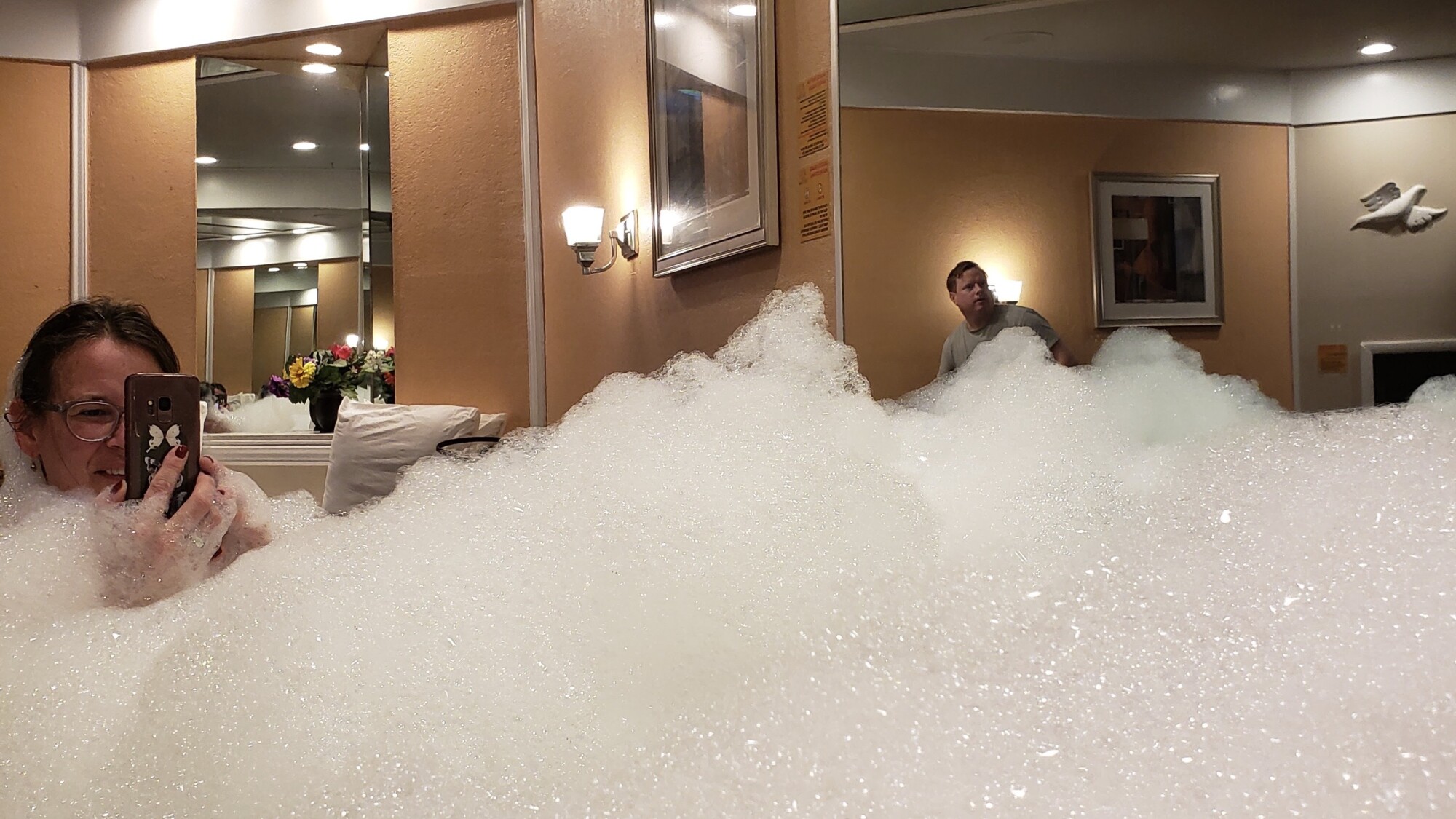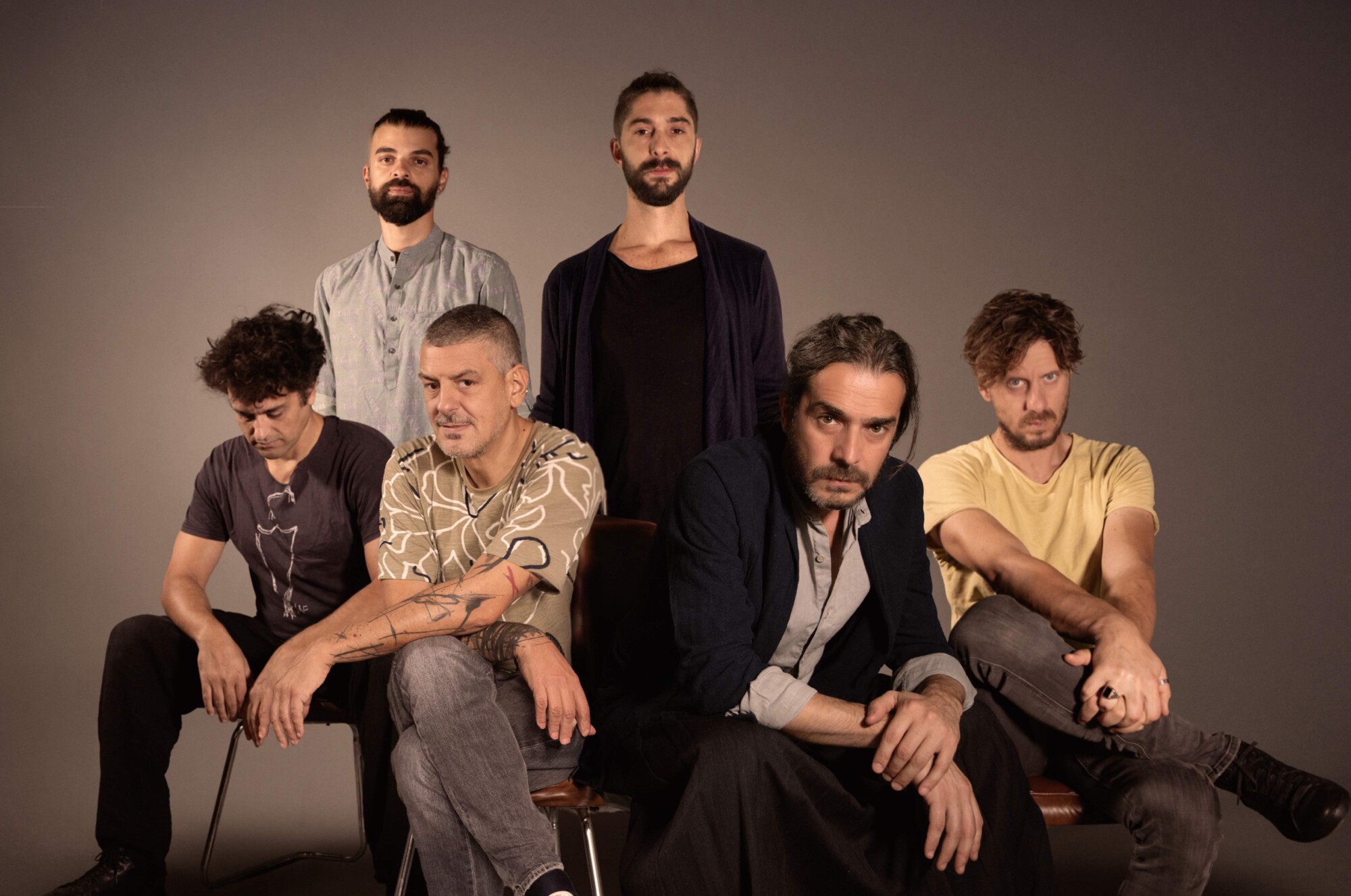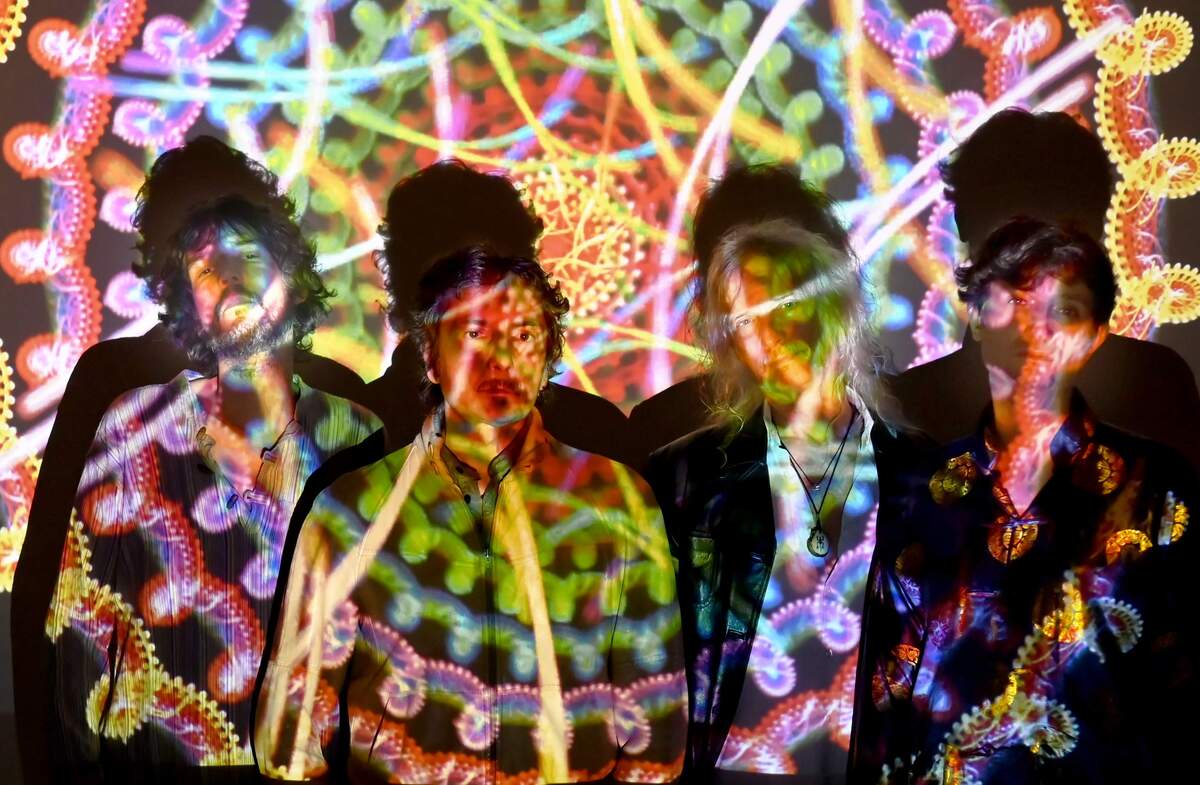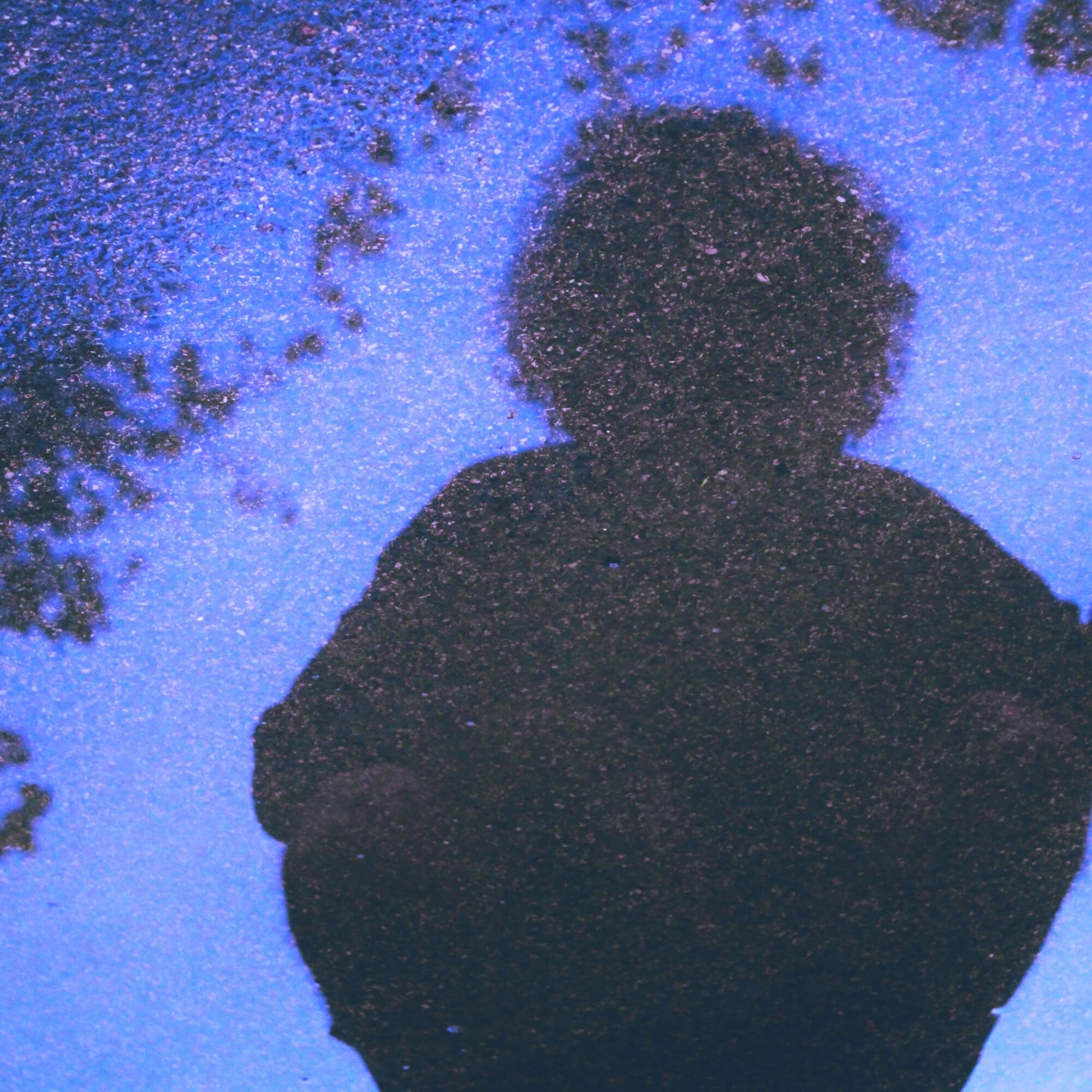Mary Staubitz and Russ Waterhouse
‘Out and About’ is a field recording-based album made by Mary Staubitz and Russ Waterhouse.
It is out now on Gertrude Tapes.
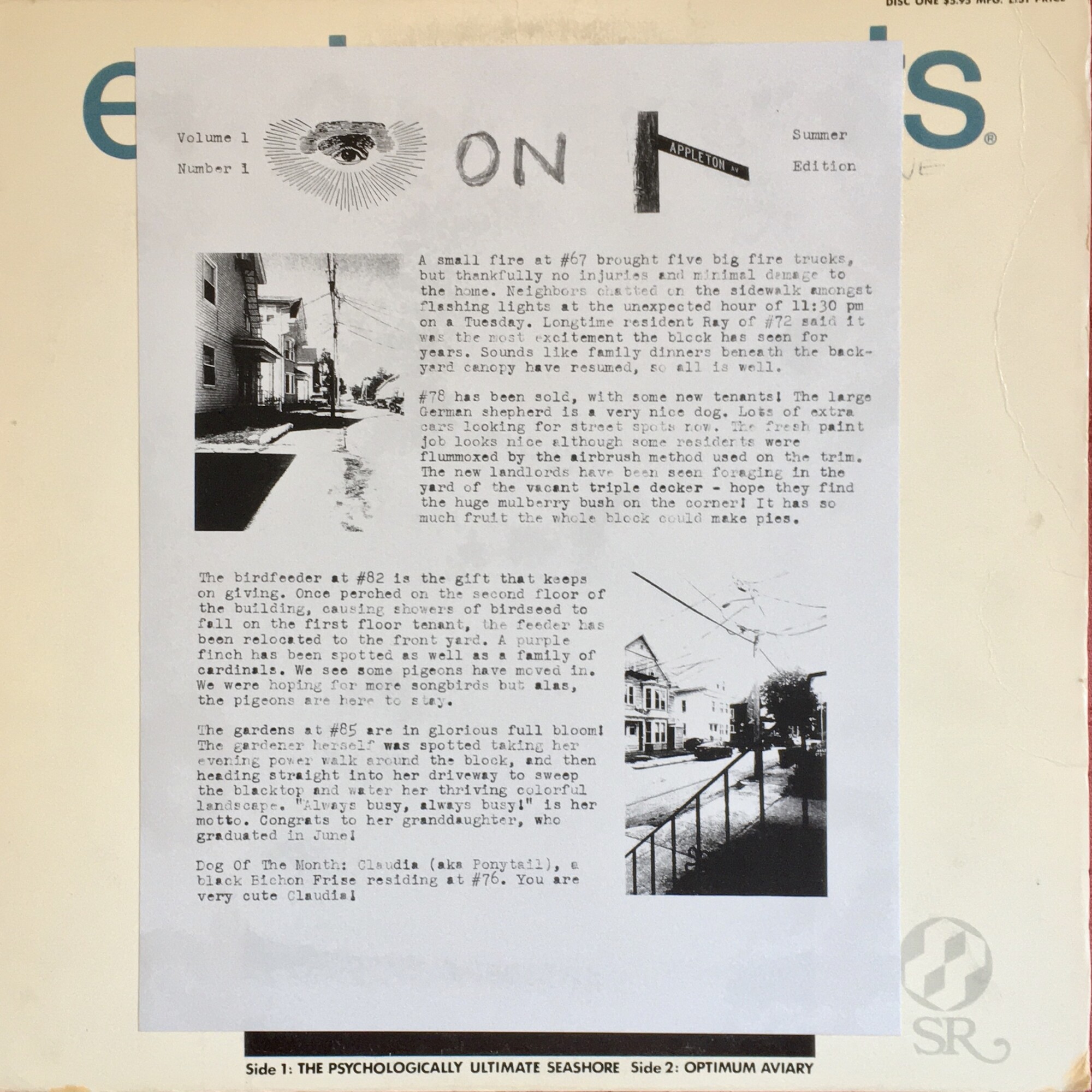
“The sounds are the content but the editing and juxtaposition created the narrative”
It’s a special album you guys made, because at the same time it sounds familiar (almost ordinary-and I don’t mean this as a negative thing) but also a bit uncomfortable (because it feels almost voyeuristic, because you feel -as a listener- that you “look” into someone’s private life). Does all this make sense to you?
Mary Staubitz: Oh sure, that makes sense, it’s the intended effect really. It’s a compendium of our daily life and we’re inviting you to eavesdrop with us.
Russ Waterhouse: Thank you, I’m so glad you like it. I can see how the album may make you feel that way; there are many moments that are quiet and intimate. Nothing on the record was staged or performative, with the possible exception of ‘Vocaloids’ and obviously ‘Live at Tubby’s’. We were just going about our lives and recording everything that sounded interesting, sometimes together but often apart. Some tracks are comparatively impersonal – I’m thinking about ‘Hot Stamper,’ which is heavily edited. The industrial nature of the source material dictated the way I put that one together. Many recordings we make are voyeuristic, so perhaps the listener is put in the position of a voyeur listening to two voyeurs.
This album reminds me of ‘Amateur Doubles’ by Graham Lambkin (where he records himself and his family inside a car), or the domestic recordings of Tom Darksmith, or the work of Gabi Losconcy. What are your references?
Mary: I didn’t have much in mind when I made the recordings. Sometimes a place is just speaking out all its details all at once and I try to record those moments so you can be in this place and see it all without any other context. I suppose my main influences are Folkways, and Cook Laboratory’s ‘Road Recordings’ series – the purpose of both was to capture the feel of a place you might never be able to visit.
Russ: I haven’t followed Graham closely since Salmon Run, but he was a conceptual gateway for sure. The Kye associated artists I’ve been most influenced by are Shots, because of their unique brand of inscrutability, and Vanessa Rossetto for the low-key humor she folds into her work. Besides obvious pioneers of field recording composition like Luc Ferrari and Chris Watson, some references I had in mind when I was editing and mixing ‘Out and About’ were the TV show How To with John Wilson, Beastie Boys’ ‘Paul’s Boutique,’ Andy Kaufman’s ‘Andy and His Grandmother,’ Vangelis’ ‘Fais Que Ton Rêve Soit Plus Long Que La Nuit,’ and Tom Smith of To Live and Shave in L.A.’s editing. Also, the dynamic peaks and valleys of my favorite rock records (Tear Gas, for example).
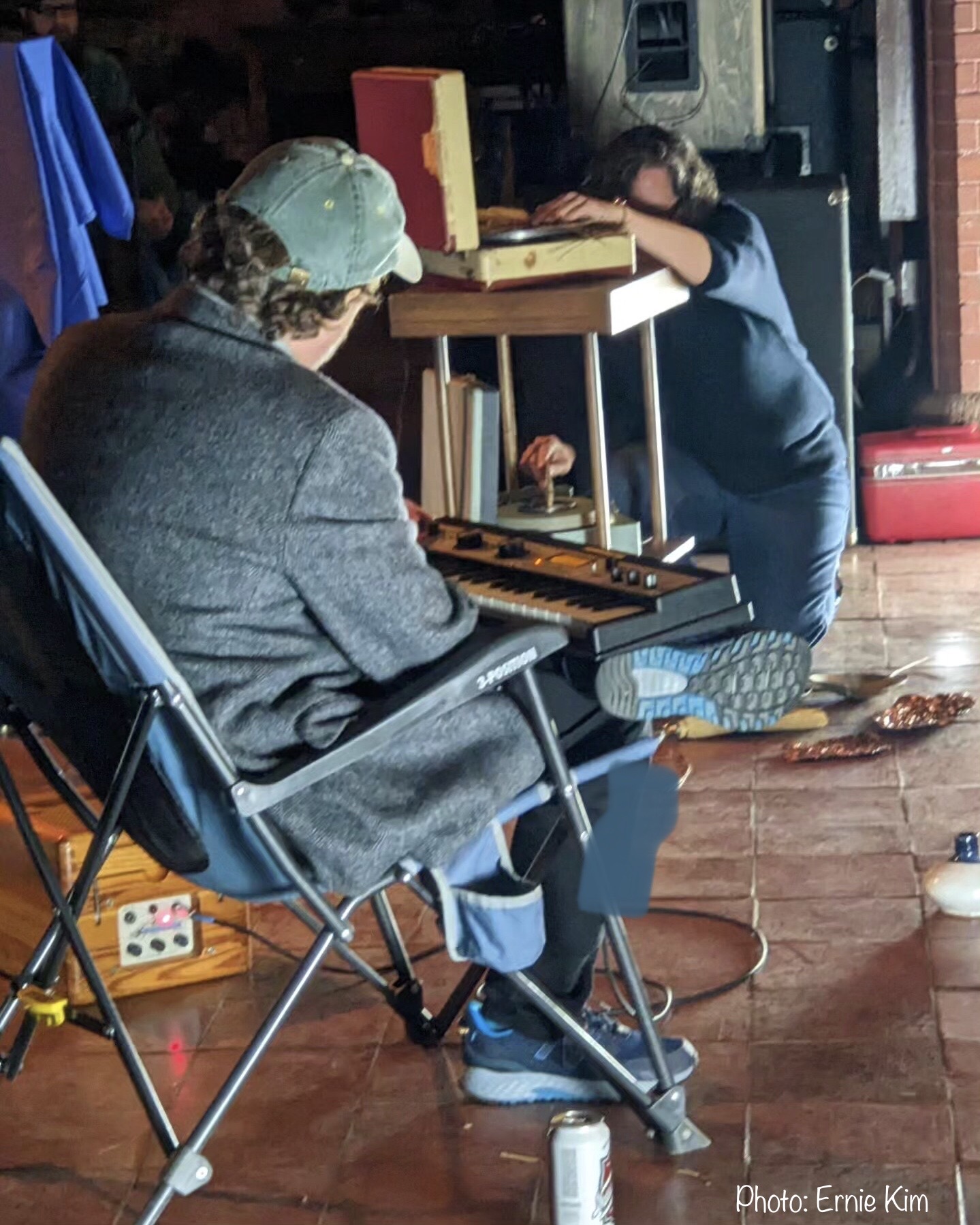
Stanley Kubrick said that you don’t make a movie with a camera, but in the editing room. Does this count for an album like this too?
Mary: Absolutely. The sounds are the content but the editing and juxtaposition created the narrative.
Russ: For an album like this, yes. But it all depends on what type of album or movie you’re trying to make. Our previous album Common Metals was barely edited because it didn’t need to be. The raw material has to be strong to begin with, whether it’s sound or picture. One of my favorite movies of the last few years, Bi Gan’s Long Day’s Journey into Night, ends with an hour-long unbroken tracking shot which is awe-inspiring for its choreography, camerawork, and acting; editing doesn’t play much part in it. On the other hand, a filmmaker like Peter Tscherkassky can make something compelling out of mundane materials through editing alone.
The (A-side of the) album has a fictional narrative. Why? Why not a real one?
Mary: Me driving to work while yelling at the radio wouldn’t make that good of a record!
Russ: I think of the narrative on side A as a refinement of our daily lives, not a fiction per se. We recorded hours upon hours over 2.5 years, just going about our business, but these recordings didn’t quite fit on any of the CDRs or tapes we put out in that time. Lonnie at Gertrude Tapes asked us to do an LP a while ago, and we wanted to give him our best work so we were admittedly a bit slow to get it together. However, at some point you have to get to work before an opportunity passes you by. I started listening to all of our unused recordings, trying to make sense of them for weeks while we continued making new ones. Eventually the “day in the life” idea emerged as a structure. Once I had that concept for side A it was much easier to move forward.
Side B was basically “in the can” before I put together side A, waiting for a home, but I went back and tweaked ‘Louise’s Attic’ to make it a better album closer – along the lines of ‘Outside’ from The Dead C’s ‘The White House’. Perhaps side B is a “real” narrative? – a comparatively straightforward document of one weekend, in chronological order.
“I only make a recording when I am hearing a natural composition”
Do you feel like, when you’re making field recordings, that you’re still a musician, or “just” a recorder? What’s the role of the recorder in a field recording? Should he (or she) be active or passive, “visible” of “invisible?”
Mary: I only make a recording when I am hearing a natural composition. If I were just a recorder, there’d be a lot of crap to sift through before the heavy editing required to make it into a piece. All of my recordings have dynamics, an arc, and an ending when I record them, and a place won’t sound the same all the time. For example, we were walking along a riverbank and I heard a woodpecker pecking at a metal utility box on a pole behind me; in front of me across the river were a few people talking in low voices, carried by the wind; to my right a distant dog barking; and to my left the sound of the water moving against the bank. It was a beautifully balanced accidental composition, and of course I didn’t record it, and returning to the same spot a few days later none of those sounds were there anymore. But if I weren’t a musician I wouldn’t have even heard it that way, if I noticed it at all!
As far as being active or passive, I’m present in most of my recordings – walking, breathing, smoking – but I’m usually not engaging in anything. Sometimes I’ll walk around a space to better create a dynamic – say, in ‘Heart Of The Mart,’ recorded at an antique fair, where I wandered the gravel aisles between the tents, stopped for packing tape sounds, and then rounded a corner where a massive iron cauldron was fired up for kettle corn – but that’s the extent of my engagement and manipulation. With that said, I do enjoy hearing other field recordists be present in their work. In the Cook Road Recordings series, there’s a particular album ‘CARIBEana’ that was recorded in the Caribbean islands. The record opens with the field recordist (I think it’s Sam Cook himself) chatting with a street musician about his oud, and the scene is so perfectly set, you are there on this dusty Port au Prince street with a man wearing a suit and carrying a portable reel to reel while this Lebanese oud player RIPS. If that bit of dialogue wasn’t on the record, you’d just be listening to an oud without the context. So I think the active/passive question really just depends on what you’re trying to achieve.
Are you, besides “musical partners,” also partners in “real life?” And does this make a difference?
Mary: Oh of course it does. Our music is all about our shared life. When we first got together, we were both evolving from our previous music ventures and talked a lot about what we wanted to do next and what we could try to do together. I had come down to Richmond, Virginia to visit Russ and made some recordings of a lonely buzzing lamp in his room and a grassy stone wall full of insects as little postcards for myself. I was thinking, maybe ‘I’ll Make Recordings’ and ‘Do Something With Them’. ‘The Do Something’ part is the hard part for me but the fun part for Russ. He approaches recordings like he’s cutting a jigsaw puzzle and putting it back together. We work as a couple and as a band because we fundamentally understand each other, we communicate, and we trust each other. I wasn’t necessarily expecting us to become a field recording team. I thought we were going to do installations or something.
Russ: Being “real life” partners makes for better work, I believe, because we are constantly discussing ideas and making decisions together. Also, we are very respectful of each other and good at listening.
Is it as Marcel Duchamps said: “Being an artist is an attitude, a way you stand in life, it’s not about the work. There is no “real life” and an artistic life” (on a Sub Rosa interview CD)?
Mary: All of our art is from our real life, so I don’t know what to do with that. If I appreciated my surroundings in an artistic way, but didn’t produce anything with them, would that still make me an artist?
Russ: I understand what Marcel is getting at, but I’m not sure I agree. If Duchamp had never produced any work he would be remembered as a theorist, or perhaps as a chess player, but not as an artist. Even he was compelled to keep working after his “retirement,” in secret for 20 years on Étant donnés. Clearly the work was important to him.
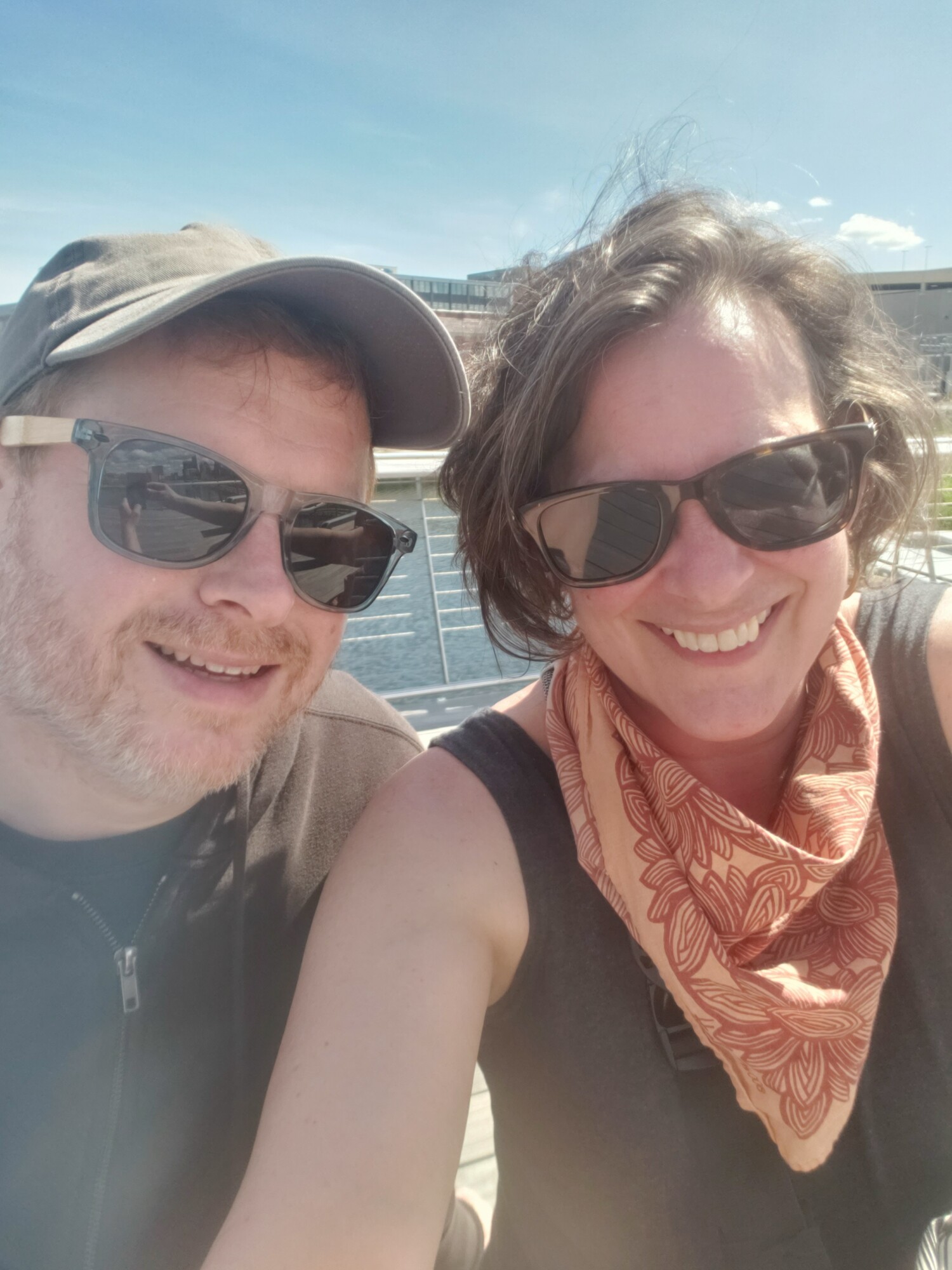
By the way: I’ve been listening a lot to ‘Intercept’ by Maryanne Amacher. I didn’t know that piece (I only got the 2 CDs John Zorn released). Thank you for putting that music on YouTube.
Russ: That’s an amazing piece! I was so happy when I found it at the Music Research Library in Providence, Rhode Island. I’m pretty sure it was part of a large tape collection they bought at some point… Somebody taped it off the radio onto cassette, opposite a Christian Marclay live show, which is what initially caught my eye.
Joeri Bruyninckx
Staubitz and Waterhouse Instagram / Bandcamp / YouTube
Gertrude Tapes Facebook / Instagram / Twitter / Bandcamp

